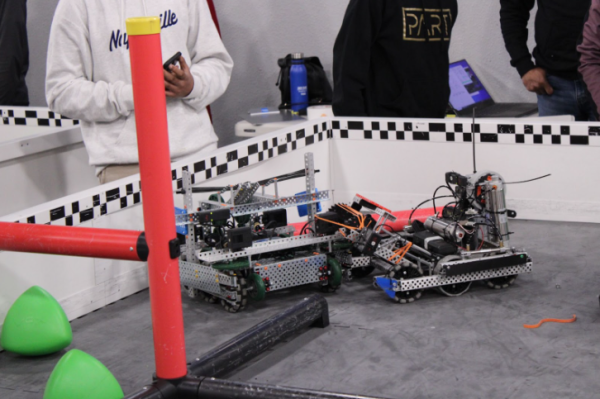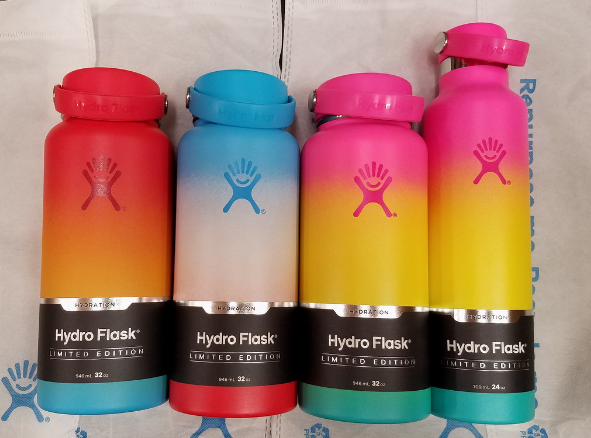Women in STEM at Oakmont

Senior Morgan Mcfarland who plans to major in biomedical engineering.
March 16, 2021
One of the most increasingly prominent aspects of the women’s movement is the push for more women in STEM fields. Despite women making up 50.8% of the US population, they only account for around 29% of the STEM workforce (National Science Foundation).
STEM fields have always been male-dominated due to lasting societal beliefs that women are not as smart nor as capable as men. In recent times this is not the common consensus but the harmful ideas still linger.
“It’s hard, because as a girl if you were in a STEM class like physics, they automatically assume that you’re some genius and if you get something wrong you’re placed right back into the stereotype that men are smarter in science or math fields,” senior Morgan Mcfarland said.
Mcfarland plans to major in biomedical engineering and wants to pursue a career in biomaterial within this field.
“With people that don’t know how I am in school, they definitely don’t think I’m very smart or as hard working, so they stereotype me as someone that can never do engineering,” Mcfarland said.
These issues with stereotypes against women persist across all STEM fields, even those more equally inhabited by both men and women. Many women feel discouraged by the stereotypes surrounding the fields, hearing everything from being too weak, too dumb, or too emotional to pursue a STEM based career.
“I have had adults tell me that female nurses are more successful than doctors and make jokes about how it is a field for males and women are too emotional for it,” says senior Lanie Blomquist.
Blomquist will be majoring in biology with a focus in pre-med and then plans to pursue a career in emergency medicine, more specifically as a trauma surgeon. She additionally is committed to play collegiate softball at Chico State.
A blatant example of the destructive impacts of these stereotypes is the fact that despite women making up 80% of the medical field, only about 21% are in high paying positions (Catalyst). Much of this stems from the women being told they aren’t as good as men at math and science their whole life.
Senior Swena Patel plans on pursuing a career in the medical field, becoming a doctor or possibly a pediatrician.
“It worries me sometimes because I’m going to be spending over a decade of my life working for the same title as other colleagues, but sometimes won’t be given the same respect that they are,” Patel said.
Even when women manage to break into the STEM fields, they continue to face issues based on gender. In 2018 women in US STEM fields only made around 80.7% of men’s annual median earnings. In engineering and science fields in 2019 women in general made $0.88 to every dollar made by men, this amount decreases with women of color (Payscale).
“The biggest piece of advice I could give to a younger girl wanting to pursue a career in STEM is to never give up,” Patel said. “The path to a career in STEM is not easy and you will have to deal with more difficult circumstances to get to the same place as others, but don’t let that stop you.”
Much of the issue of underrepresentation of women in STEM comes from a young age. Despite showing no difference in mathematical ability by 8th grade, only 11% of girls between ages 13 and 17 plan to pursue a career in STEM compared to 35% of boys (AAUW).
“I feel that letting the fear of what may happen [heading into a STEM field] get to me is simply succumbing to the pressure of the same misogynistic males that other females have worked so hard to fight against,” Blomquist said.
While biological science fields are not as male-dominated, women only make up 15.7% of engineering and architectural fields (AAUW). This statistic is consistent with statistics showing that more boys are exposed to computer science and engineering by middle school than girls making them more likely to pursue careers in these fields.
Mcfarland’s advice to girls wanting to pursue a career in STEM: “The idea of male vs. female in science or math, is something that was created by MALES, because they knew women could do just as good or better. Be tenacious and hardworking.”













